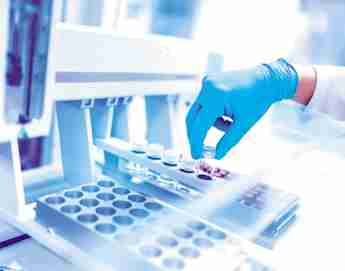Locations
Demand for personal protective equipment - PPE - and surgical masks has understandably spiraled across the EU due to the exponential spread of COVID-19 across the globe. Supply has inevitably come under severe strain.
Many companies are now seeking to satisfy the demand by producing more PPE only to find that the applicable EU Regulations pose a potential obstacle. Whilst the European Commission has helpfully adopted a set of recommendations (Commission Recommendation (EU) 2020/403 of 13 March 2020) on conformity assessment and market surveillance procedures which Member States and economic operators have to follow when assessing PPE, the key to getting to market as soon as possible is identifying whether your product is indeed PPE or a medical device or a product which falls within the scope of other regulations, such as the Biocidal Products Regulation (EU) No 528/2012.Identifying the correct regulatory avenue will show you the way to market.
Let's take a face mask as an example.
If I have a factory and want to start producing and selling (or giving away) masks to protect nurses and doctors and the general public from catching COVID-19, which set of national or EU rules do I follow? There are going to be at least three options.
- First, if the mask is intended to protect a patient or a health care professional, that claim would likely be considered a "medical purpose" and thus the mask is a medical device regulated by Directive 93/42/EEC
- (soon to be replaced by Regulation (EU) 2017/745). Conformity assessments would normally be required but in times of urgency, with permission from the relevant national authority, they can be waived.
- Second, if the mask is aimed at protecting the wearer against harmful biological agents such as viruses by mechanical means and is not used in a hospital setting, it will likely fall within the definition of PPE only and thus Regulation (EU) 2016/425 applies. Similar to medical devices, conformity assessments are normally required but in times of urgency, with permission from the relevant national authority, they can be waived.
- Third, if a substance is incorporated into the mask in order to add disinfecting properties to it, it comes under the scope of not only the PPE Regulation but also the BPR.
- The last thing anyone wants to do is place something on the market designed to save lives only to realise too late that the wrong legal procedures have been followed. Issues of liability, amongst many other adverse consequences, would no doubt arise.

